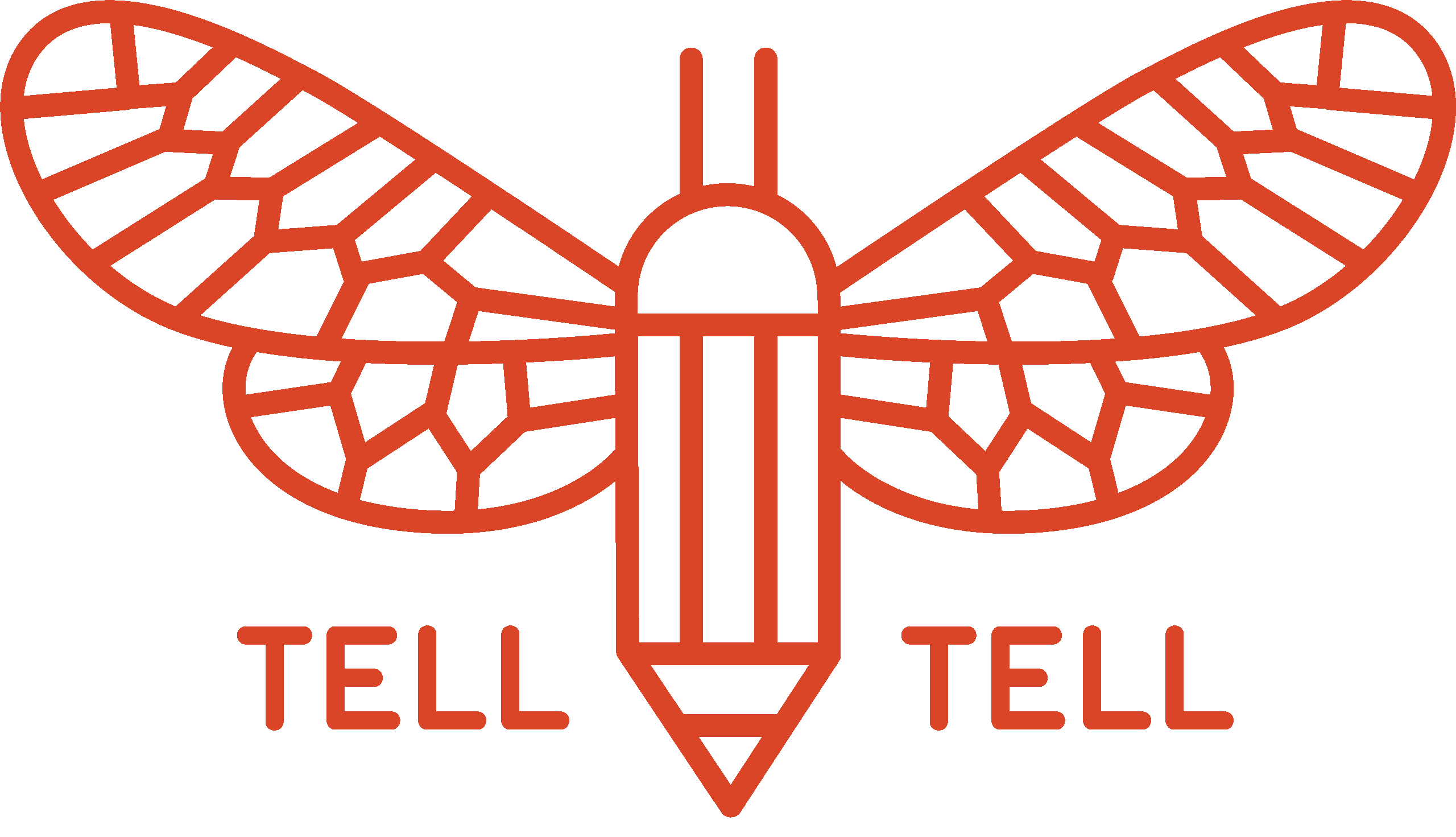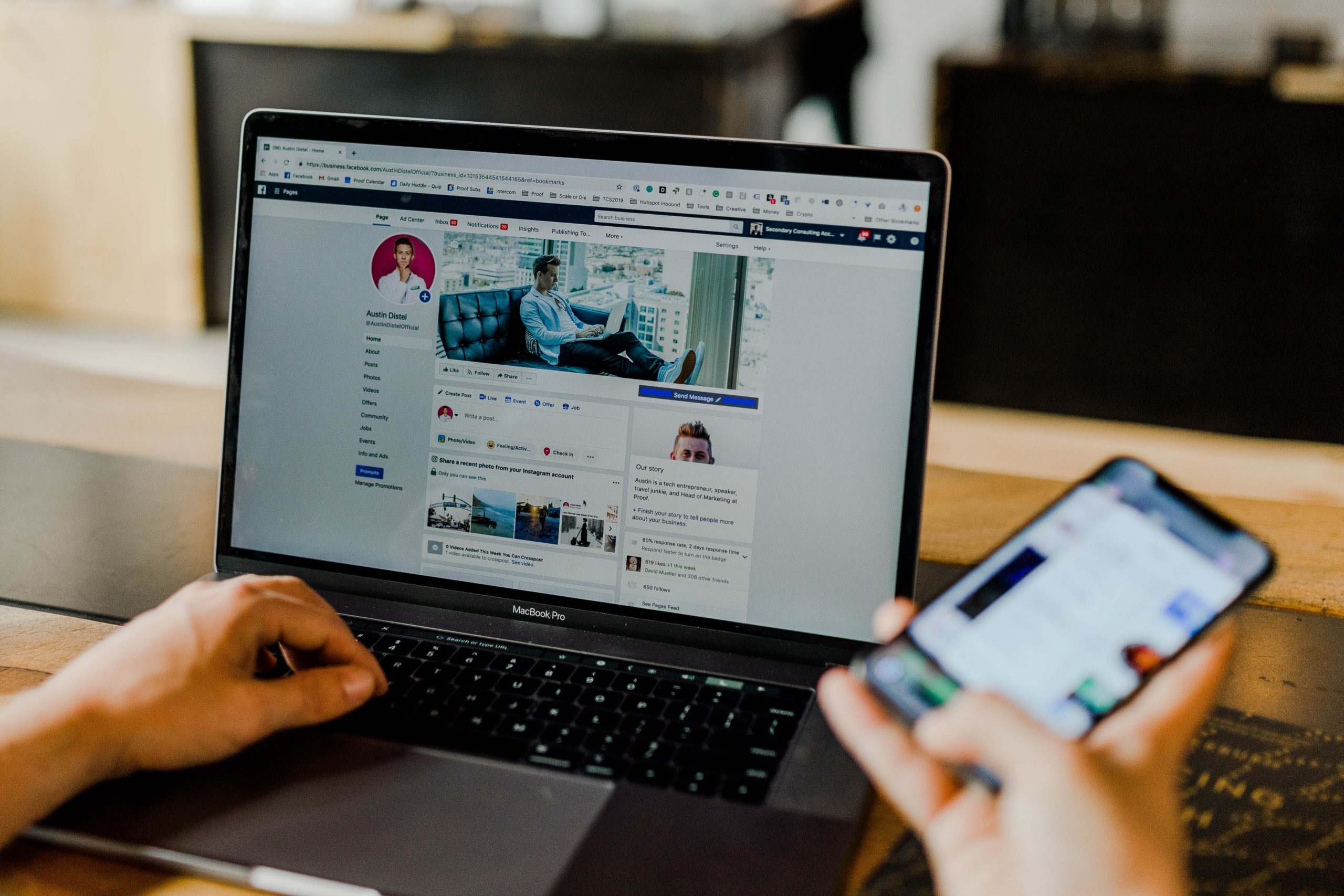Why use paid ads on social media?
The easiest answer is that paid social media advertising works, and the stats don’t lie. According to Hootsuite, 27% of internet users find new products and brands through paid social media ads. When it comes to paid ads, there are two metrics that indicate the success of your ad: impressions and engagement. Impressions are the total number of times your ad has been seen; and engagements are comments, likes, shares, and other ways viewers engage with the content other than just seeing it. Recent stats show that overall ad impressions are up 20%, meaning more people have the potential to see your ad than ever before. While you should always work on getting the word out on social media, this is a crucial reason why you should invest in at least a few paid ads.
It’s also cost-effective compared to other more traditional methods of advertising. While all social media platforms handle their paid ads and offerings a little differently, all follow what’s considered a “pay-per-click” model, where you’re only charged if a person clicks, views, or interacts with your ad in some way. If you decided to take out an ad in a niche poetry publication for your launch, you may not have the same success. That publication may have a distribution of 50,000 subscribers, but how many will actually see the ad? Especially in a sea of other ads? And how many of those will manually type in a link and make the decision to purchase? According to The Manifest, the average price-per-click for Facebook ads, regardless of industry, is only $1.72. Think of how many lattes you can buy for $1.72 (cough, the answer is zero).
Amazing targeting…
Paid ads on social media offer amazing targeting. Let’s use that example of the niche publication with a readership of 50,000. Of those 50,000, how many of those people love the poetry style you’re writing in? There are probably several, but when you’re using ads, those ads are getting in front of just as many people that aren’t in your target as that are, at least in many cases. Social media ads allow for laser-focused targeting that allows you to select that your ad be shown only to people in a specific demographic, geographic location, or with specific interests, personality types, income levels, and more.
All the data…
Along with that targeting comes enhanced analytics. When you run an ad on social media platforms, you can get up-to-the-minute information on how many have engaged with your ad and what’s working (or not working), and you can pause or stop an ad to tweak it or to realign your efforts elsewhere. We recommend that you try different types of campaigns and different approaches until you find what works best for you and helps you reach your audience.
Ways you can use paid ads on social media
When you read the statement, “ways you can use paid ads on social media,” you’re probably thinking “duh, to get more eyes on me.” And while that’s the truth, there’s more finesse and strategy behind the different ways you can use social media ads and boosting to grow your business as a poet.
Build awareness…
The first way is by running an awareness campaign. The goal, as the name implies, is to build awareness of your work as a poet and to increase your audience. You can sell a product (like your self-published poetry collection) in a campaign like this, but what will be more effective is selling YOURSELF as a commodity. Let people get to know you: be vulnerable and provide content that adds value to their lives or evokes an emotion. These campaigns are good for getting likes or follows so that later, when you’re promoting your collection or sharing your content organically, your audience will tune in to hear what you have to say.
Seek out conversions…
Another way to use paid social media is to seek out conversions that are designed to get people to purchase or complete an action, typically driving traffic to your website or an outside source with an explicit purpose to act. As you’re preparing for your launch, it’s important to craft these conversion campaigns to highlight the novelty, importance, or other selling points of the collection so that you can leverage the ads to increase the likelihood that a person will make a purchase. Alternatively, if you’re planning to be on a podcast, host a book reading, or do something with a fellow influencer or poet, you can use a conversion campaign to get people to RSVP or register for your event.
Drive engagement…
A third type of campaign is one meant to drive engagement, whether the engagement is via likes, shares, comments, or direct messages. Similar to the conversion campaign, the goal for this campaign is to inspire action, but it acts in a more roundabout way than asking a user directly to purchase or act. Doing things like giveaways or offering “free advice” or “free poetry workshops” are a good way to get people to message you and learn more about you. And once they learn about you, they will love you (trust us) and follow you in the future.
So as you consider doing a paid social media campaign, the first question you need to ask is “what is my goal?” Using that goal and working backward will help you determine the right kind of campaign and the creative content you need to include in order to make it compelling.
The specifics on social media ads
Now let’s get a bit more in-depth about the kinds of ads you can place on these social media platforms and how you can utilize them for your pre-launch and collection launch. This list isn’t exhaustive: we’re going to focus on the types we recommend for launching your collection.
Photo ads
- This ad is all about the visual in 2D form. The text for these types of ads is limited (you only get 90 characters of text and a 25-character headline), and the photo is larger in these ads, so it can take the focus. As part of your launch, this type of ad works perfectly if you’re showing off your collection’s cover and encouraging viewers to click and learn more.
Video ads
- Video ads are extremely effective at grabbing and keeping attention but do require a little more prep work than a photo ad does to create and edit the content. Facebook allows up to 241 minutes for these promoted video ads, but with today’s brief attention spans, shorter is better. We recommend between 60 and 90 seconds at the most. This is a good ad to use if you have a workshop or an interview with a poet that you want to promote because it will get people to take a look at your page.
Carousel ads
- A carousel ad allows you to upload several images (up to 10) with their corresponding links, so that when a person sees the ad, they can hover and click through each of the items/images. If you’re planning to sell merch during your launch, or you have other self-published poetry collections that you want to promote at the same time, this is an economical way to do it.
Slideshow ads
- These ads are a hybrid of video and carousel ads because for this type, you select several images (like you would for a carousel ad), but Facebook uses those graphics and generates a video movement-based ad (similar to the platform’s video ads but without all the editing work).
Want an even more granular view on Facebook ad placement? Check out Hootsuite’s guide.
Facebook now owns Instagram. So just like Facebook, the types of campaigns and offerings do have a lot of similarities, although Instagram is a more visually based platform.
Just as Facebook does, Instagram offers photo, video, and carousel ads. Even though the platform’s Instagram Stories feature and IGTV are most prominent, you can explore these additional ad options as well:
Instagram Stories
With Instagram Stories, you can use either photos or videos to create content up to 120 seconds long. Our earlier recommendation for 60 to 90 seconds applies here as well. When people interact with these ads, they show up in full screen, so make sure you’re using quality images or videos. Hootsuite recommends using interactive elements (like polls or clickable objects) in your ads to increase engagement. You can create and curate the stories directly in the app.
IGTV
As we’ve mentioned before, IGTV is meant for long-form content and has a longer shelf life on the platform than Instagram Stories. IGTV is focused on video ads, and the ads need to be vertical to work best in mobile view, but they can be 15 minutes long. This is a chance to quickly promote your collection’s launch, so make sure to time yourself and prep to keep within the time frame.
One thing to note is that only certain kinds of accounts can use these ads (primarily influencers), so this may not be an option for you if it’s your first launch.
Want an even more granular view on Instagram ad placement? Check out Hootsuite’s guide.
The ad strategy for brand awareness, conversion, and conversation are also a part of Twitter’s ad offerings. One thing that’s important to note when advertising on Twitter is that almost two-thirds of users on Twitter are male. So if your niche is strictly feminine content or a female audience, it may be worthwhile to pursue other platforms, specifically Instagram, which has a larger female following.
Promote mode
One of the more passive advertising opportunities Twitter offers is their promote mode. The site uses algorithms and your selection of up to five interests and geographic locations to target audiences, and will then automatically promote your first 10 tweets of the day, as long as they pass through the site’s quality filter. If you’re doing a “Twitter storm” or live-tweeting an event or something that involves a lot of posting, then this is a budget-friendly and easy-to-use option. Otherwise, if you’re planning to focus on one to two curated posts, then there are other options Twitter offers.
Visual ads
For a more targeted effort, you can select from a text-based ad, photo and text-based ad, or a video ad, depending on the ad’s goal. We recommend doing a mixture of different ad types; for example, you might promote the cover of your poetry collection with photo and text and a video clip of you doing a poetry reading. Get creative! You have the option to promote specific tweets that are already on your feed or made specifically for the ad.
These ads can be run to optimize for mobile and desktop devices. For more information about optimizing ad content for mobile phone audiences, check out this resource. Also, according to Hootsuite, do not use hashtags or mentions in your ads.
Want to see the exact sizes of social media ad graphics so you can incorporate them into your planning and design? Check out the master list here.
References
Hootsuite – Social Media Advertising Stats
Hootsuite – Social Media Advertising
The Manifest – 7 Reasons To Consider Paid Social Media Advertising






Comments (0)